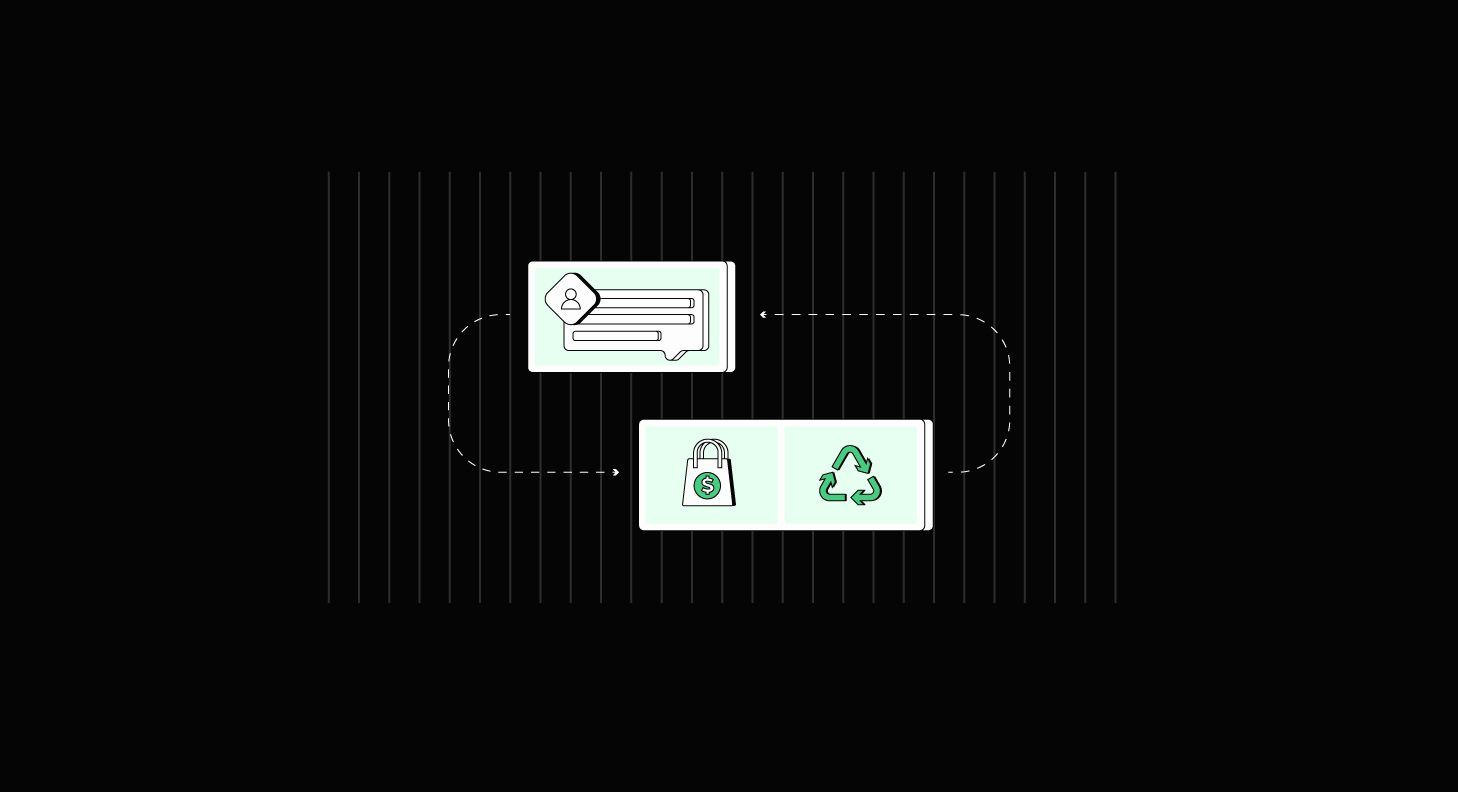Is AI The Answer To Fashion’s Waste Problem?
The fashion industry generates millions of tons of waste yearly, posing environmental challenges and significant economic consequences. However, there's hope on the horizon in the form of AI-powered solutions.

While the dynamism fuels the industry's creativity, it also gives rise to a grave concern: fashion waste. The apparel and textile industry generates staggering amounts of waste, including unsold clothing that languishes in warehouses or ends up in landfills. This issue not only poses environmental challenges but also carries significant economic consequences. However, there's hope on the horizon in the form of AI-powered solutions.
The Fashion Waste Epidemic
The Cost Of Fashion Waste
The fashion industry is a colossal producer of waste. In America alone, an estimated 11.3 million tons of textile waste – equivalent to 85% of all textiles – end up in landfills on a yearly basis. That’s about 37 kilograms per person per year. The fashion industry is also responsible for 20% of global waste water, caused by yarn preparation, fibre production, dyeing and finishing. These processes are one of the top causes of resource depletion on the planet.
Economically, it's a heavy burden, causing the global fashion industry a 12-digit deficit.. If I'm being optimistic.
The Root Causes
Fashion waste stems from several root causes, and understanding them is crucial to finding effective solutions. Overproduction is a primary culprit, driven by the need to meet demand and stay competitive. The global fashion industry produces 150 billion garments every year, enough to supply 20 clothes for every person on Earth. Yet, 30% of the world's apparel is expected to never be sold, even though more than a third of all clothing is marked down close to cost price.
Mismatched products are another issue, as many brands struggle to create items that genuinely resonate with consumer preferences. Across generations, many brands have relied on a traditional approach, drawing from designer intuition and historical sales data to guide their creative process in production. However, the tastes and expectations of shoppers are constantly changing, and the fashion industry's reliance on designer intuition may not be as foolproof as it once seemed.
Additionally, price misalignment, where pricing strategies don't reflect market demand, leads to excess stock. This is most common with Luxury brands, who resort to burning stock when they are unable to sell them.
Enter Artificial Intelligence
Inadequate market predictions serve as the Achilles' heel for a lot of fashion businesses in the area of waste, as some luxury brands lose up to as high as $5 million in potential revenue due to unsold items.
However, leading fashion manufacturers are beginning to see the light, leveraging AI solutions in listening to customers, deciphering market fluctuations, and predicting future trends.
AI-Powered Review Analysis
One of the most promising ways to address fashion waste is through AI-powered review analysis. fashion businesses can leverage AI to scrutinize customer feedback, gaining valuable insights into product performance. By analyzing reviews, they can identify customer preferences, emerging trends, and pain points. This data-driven approach allows brands to refine their product lines, aligning them more closely with consumer expectations.
Several case studies highlight the effectiveness of review analysis. Leading fashion manufacturers currently use AI tools like Woven Insights and Stylumia to monitor customer feedback, enabling them to make data-backed decisions from as early as pre-production stage. This not only reduces waste but also boosts customer satisfaction and loyalty.
Trend Analyzers and Forecasting Solutions
AI-driven trend analyzers and forecasting solutions play a pivotal role in the battle against fashion waste. These tools use machine learning algorithms to analyze vast datasets, predicting future fashion trends and consumer demands. By accurately anticipating what shoppers will want, brands can reduce waste associated with producing unwanted or outdated items.
Many fashion giants have embraced trend analyzers and demand forecasting solutions to great effect. Brands like Gucci have been reported to use data-driven insights to adjust their production schedules, ensuring they create the right products in the right quantities, thus selling products in quantities that shoppers are able to buy, increasing revenue and mitigating waste.
Conclusion
By leveraging AI-driven retail market analysis, fashion manufacturers and brands can embark on a profitable yet sustainable journey. Insights from market trends and customer feedback become a powerful tool for producing what customers truly want, reducing waste, and minimizing the industry's impact on the environment.
So, as we stand at the threshold of a new era in fashion, let us ponder the profound potential of AI. It's not just a tool; it's a catalyst for change, a safeguard against waste, and a bridge to a more sustainable, profitable, data-driven future for the world of fashion.
About Woven Insights
Woven Insights is a comprehensive market analytics solution that provides fashion brands with real-time access to retail market and consumer insights, sourced from over 70 million real shoppers and 20 million analyzed fashion products. Our platform helps brands track market trends, assess competitor performance, and refine product strategies with precision.
Woven Insights provides you with all the actionable data you need to create fashion products that are truly market-ready and consumer-aligned.
Click on the Book a demo button below to get started today.

